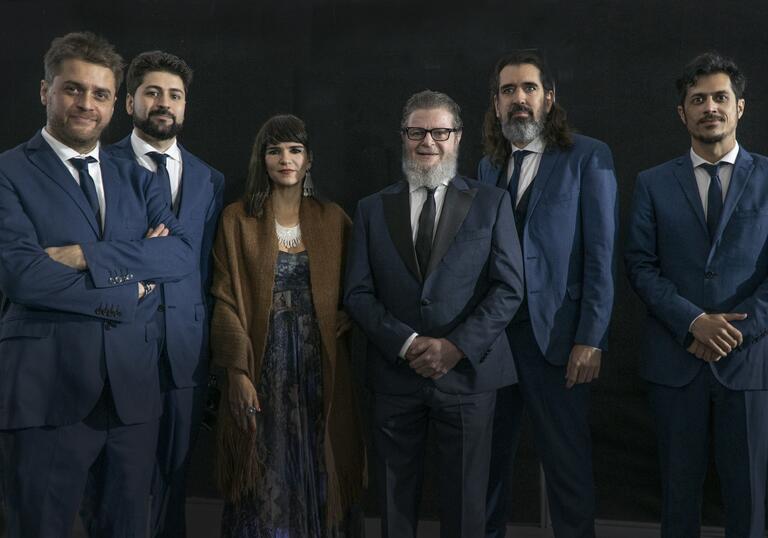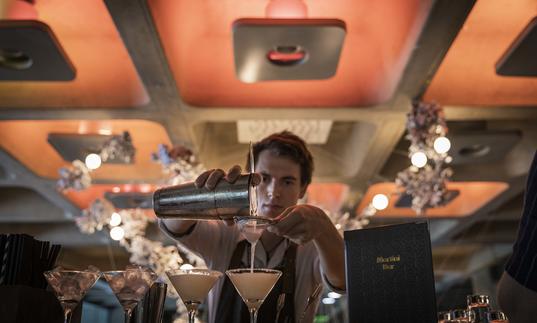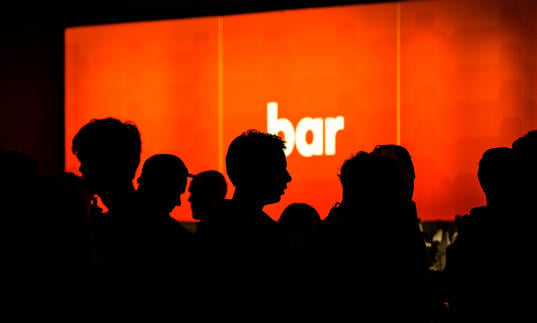Midway through our chat, Gustavo Santaolalla recalls a song he wrote in his teens. ‘I was 17 when I wrote ‘Canción de Cuna para el Niño Astronauta' (‘Lullaby for an Astronaut Kid’),’ he says. ‘It was inspired by my interest in astronomy, and when I hear it now, the harmonies and sequences still make it sound so modern. There’s a temporality to it, a timeless quality which every artist should strive for.’ A celestial number that invites comparisons to Pink Floyd’s ‘Wish You Were Here’, it’s a standout track from his first band Arco Iris’ eponymous 1969 debut LP. He credits the record, which pioneered the fusion of acid rock and jazz into South American folk, as the blueprint from which his entire oeuvre is built from.
In the five decades that followed, the Argentine virtuoso has since gone on to establish himself as a seminal figure in Latin music. As a producer of rock en español, he’s helped launch the careers of ground-breaking alternative acts such as Cafe Tacvba, Molotov, and Juanes. As well as mentoring talent from Mexico and South America to this day, he also formed groups as diverse as Arco Iris, 70s punk outfit Wet Picnic, and Bajofondo — an innovative ensemble lauded for their futuristic spin on tango.
He later achieved international recognition by composing for some of the 21st century’s greatest films and video games. His emotionally stirring scores in Brokeback Mountain and Babel won him back-to-back Academy Awards, and the melancholic chords of his ronroco (a 10-string Andean guitar) throughout The Last of Us gained him a new generation of fans. ‘I got my start in Hollywood when Michael Mann called me,’ he remembers. ‘He wanted to use ‘Iguazu’ from my 1998 instrumental album Ronroco for The Insider. Alejandro Gonzalez Iñárritu, who also used ‘Iguazu’ for Babel years later, then asked me to score Amores Perros. Since then, I haven’t stopped working in films.’
Despite his standing as one of cinema’s most prolific and sought-after composers, Santaolalla doesn’t consider himself as one. He found the usual process of film scoring ‘very uncreative’, preferring to write and submit his compositions long before a single frame has been shot. ‘I want to know the story and the vision of the director, then I get to compose,’ he explains. He cites Brokeback Mountain as the biggest example of his unorthodox process, wherein he visualised vast landscapes and sparse guitar strums after reading the script. ‘I did the entire score before a frame was filmed, then it was up to Ang Lee to place the pieces in the scenes. He later told the LA Times that he actually used the music to create the film’s narrative.’ Santaolalla would then apply the same formula for The Last of Us, working on the score for three years before any images could be rendered. ‘I conceive music in visual terms, so the transition from film to video games was as organic for me as transitioning between song structures and music genres.’
As a veteran who prides himself on reinvention, Santaolalla is better placed than most to advise artists on how to maintain a career as long and storied as his. He identifies the Beatles as the benchmark that fuelled a ‘musical revolution’ inside him. ‘The Beatles were the masters at reinventing themselves while never losing their identity,’ he says. ‘They incorporated so many genres into their music, such as baroque in ‘For No One’, Indian sitars for ‘Within You Without You’, and so on. But while they moved away from their comfort zone, they never left their original sound behind. That was the secret to their success.’
The concept of retaining one’s identity through music is important to Santaolalla, whose body of work transcends beyond blending melodic Andean folk and bluesy Latin prog-rock. Despite the myriad influences scattered across the globe, his distinctive guitar twangs are firmly rooted in his native Buenos Aires. It’s where he also first developed his eclectic tastes with repeat listens of records by Anibal Trolio, Elvis Presley, and Les Paul & Mary Ford among others.
Santaolalla labels tonight’s concert, entitled Desandando el Camino — which loosely translates to ‘Unwinding the Road’ — as one of his most personal. Backed by his SantaBanda collective, it’s the story of his life through songs written from when he was 16 to music that he was unable to perform to a live audience until now. ‘There was a period of 30 years in which I published four solo albums — two of them instrumentals (Ronroco and 2014’s Camino) and two of them with vocals (1981’s Santaolalla and 1995’s Gas),’ he says. ‘Now that I’m older, I had to press pause and look back on my career and my work. It’s not something I usually do, but nowadays, it makes a lot of sense. It’s all connected’.
It’s fitting that London is the final stop of his Desandando el Camino tour, for it’s a city that Santaolalla has fond memories of. ‘It was in London where I found out that I was nominated for my first Oscar while rehearsing with Bajofondo,’ he reminisces. ‘So yeah, I’m looking forward to returning to this great city and playing again at this beautiful venue.’






